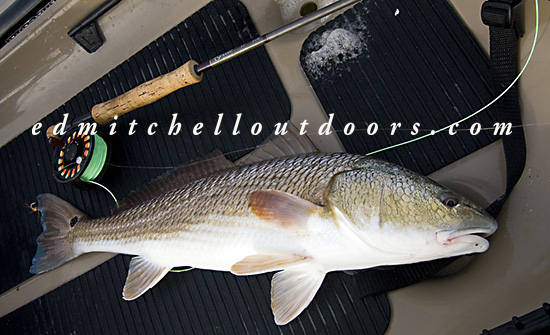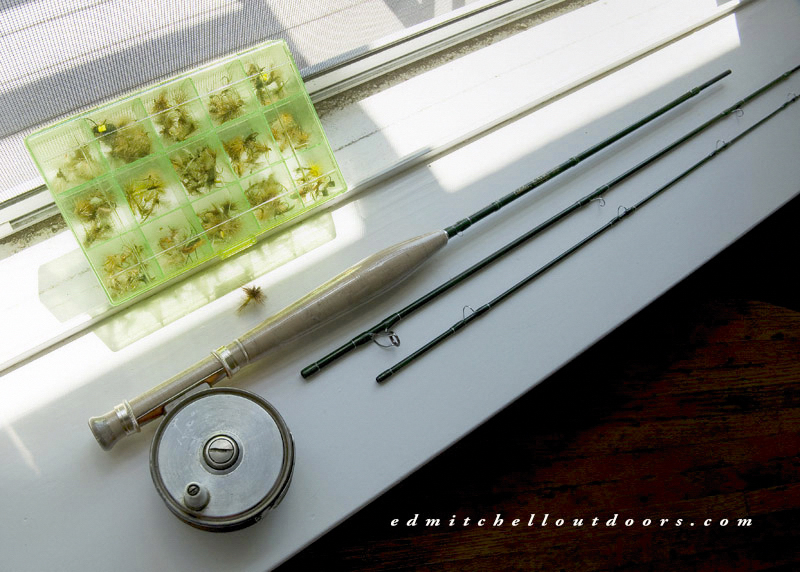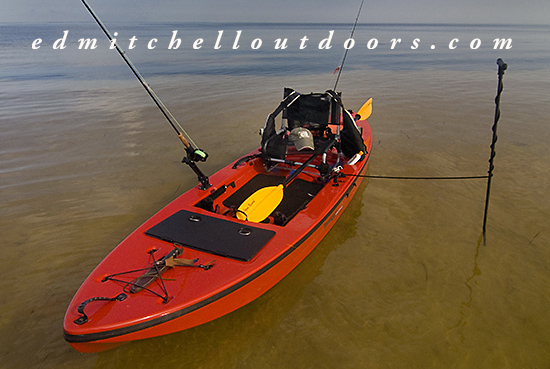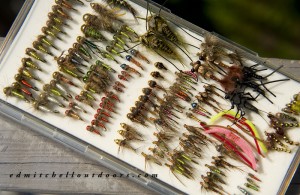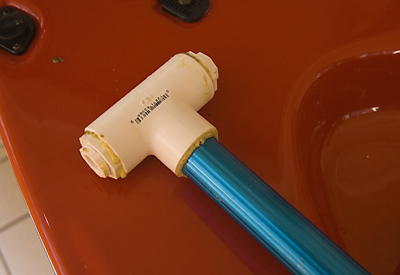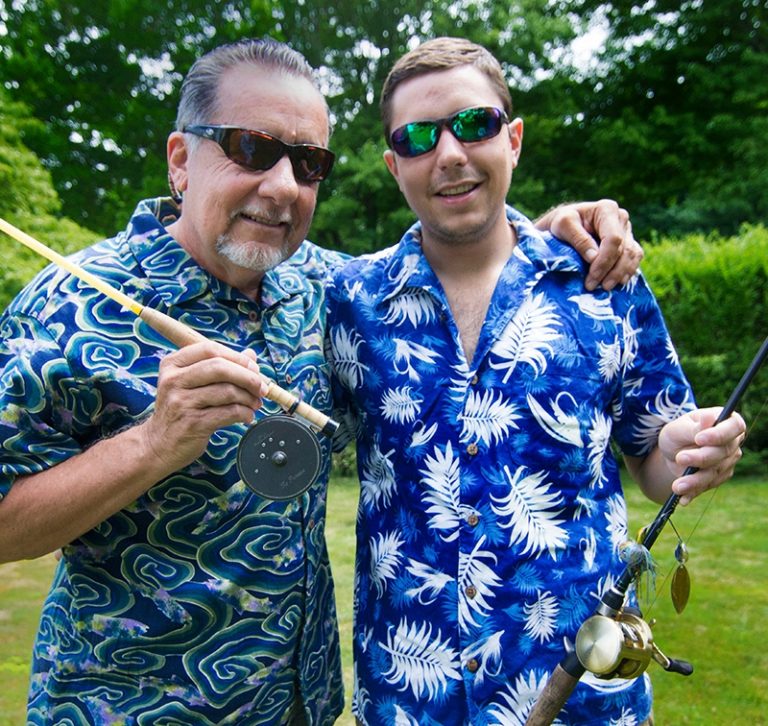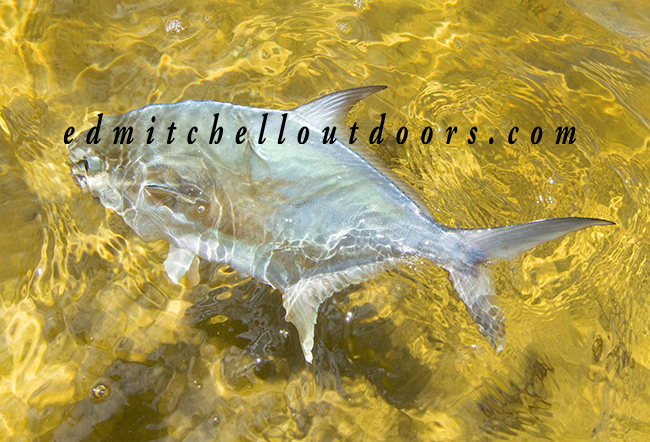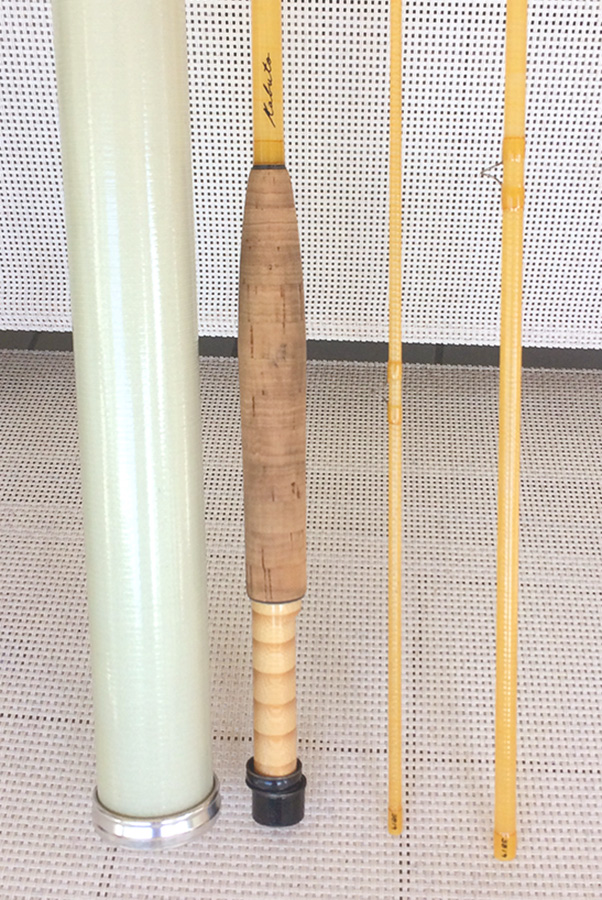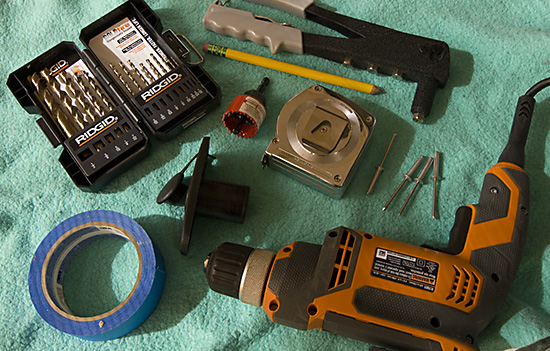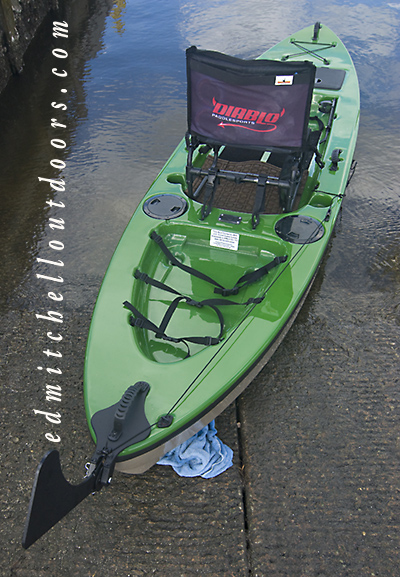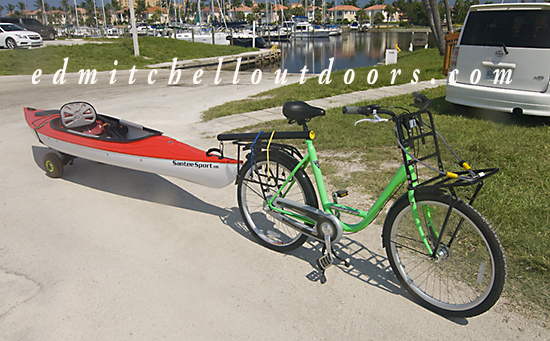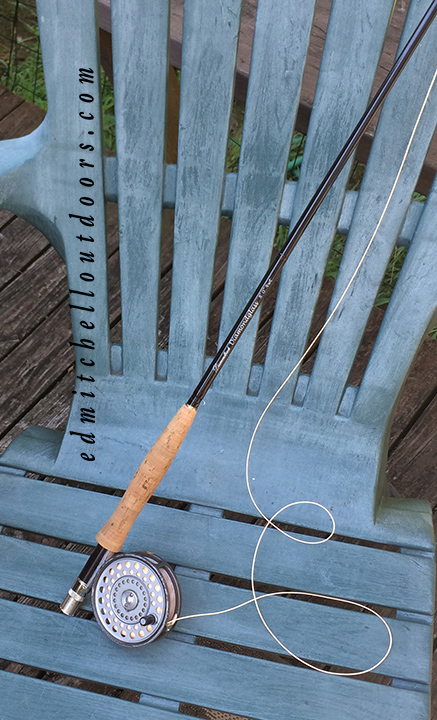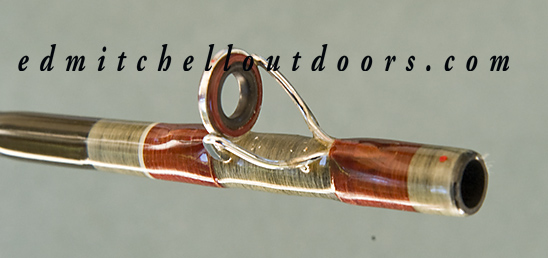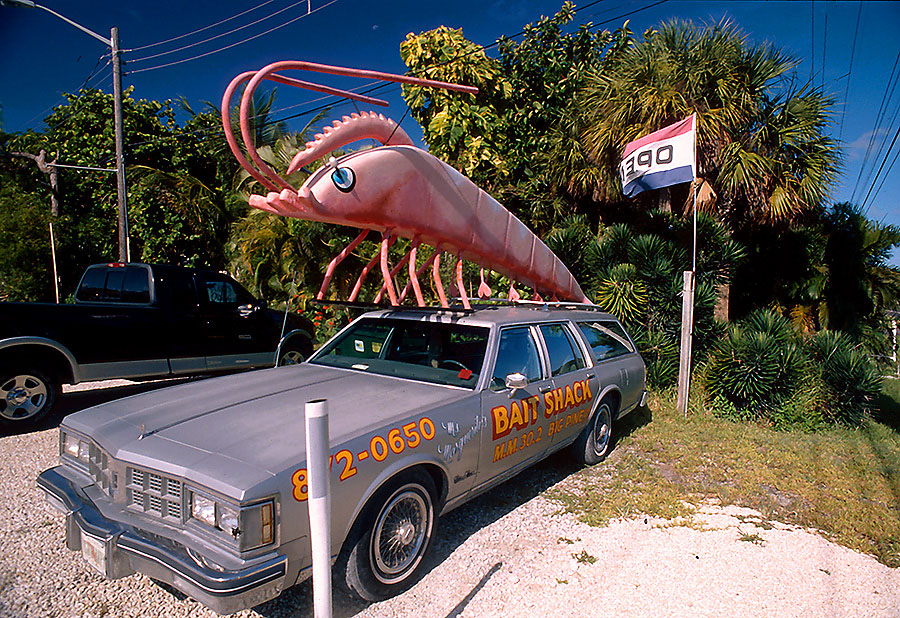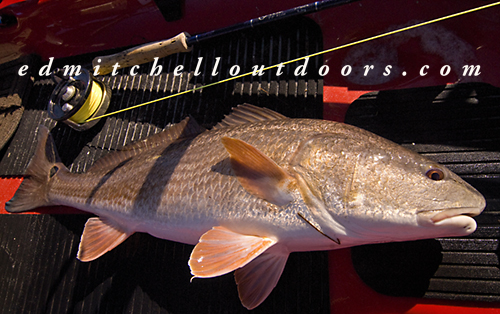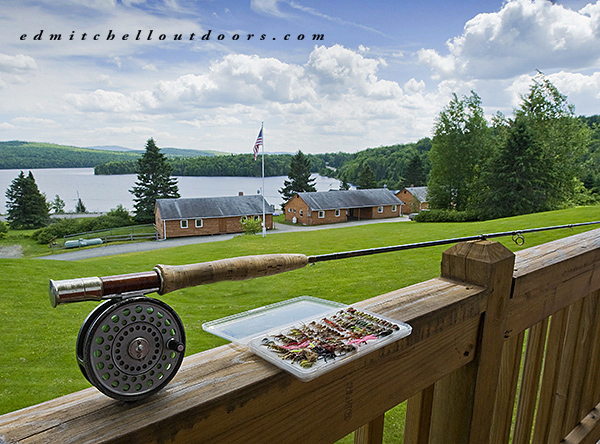Caddisflies by Gary LaFontaine
Back in 1981 Nick Lyons published Caddisflies by Gary La Fontaine. It was then and is still today the definitive angling text on the subject. A large format book of 8.5″ x 11″ and over 300 pages, it is well written, highly informative and well-illustrated by Harvey Eckert. And in today’s collectible book market brings about $75.

Since the earliest days, fly-fishing has been mainly focused on mayflies. In fact, it’s fair to say that when it comes to aquatic macroinvertebrates, mayflies are the gold standard that rules our reference books and our fly tying. Gary’s book was a wakeup call. It showed the angling world that caddisflies were every bit as important as mayflies. And he did it in an exhaustive way, leaving no loose ends, covering hatches, tying, fishing, and entomology. (ps, those are my caddis pupae flies sprinkled over the jacket.)
After Caddisflies, Gary’s wrote three additional books The Dry Fly: New Angles in 1990, Trout Flies: Proven Patterns, 1993 and then Flyfishing Mountain Lakes in 1996. And I believe, he was also planning a book on blue-winged olives (BWOs), one of the most common and wide-spread hatches on our trout waters. Unfortunately Gary contracted Amyotrophic lateral sclerosis (ALS), and passed in January 2002, at age 56. Quite a loss.












